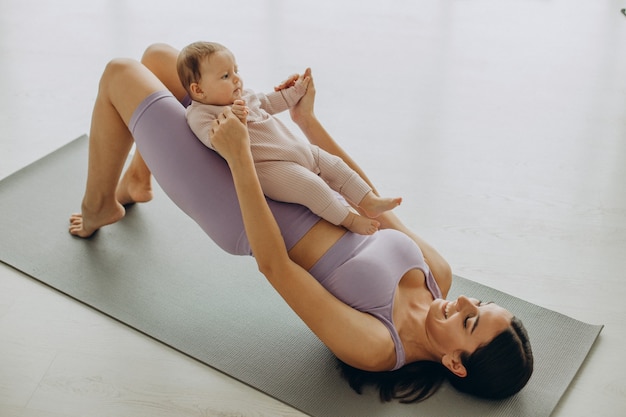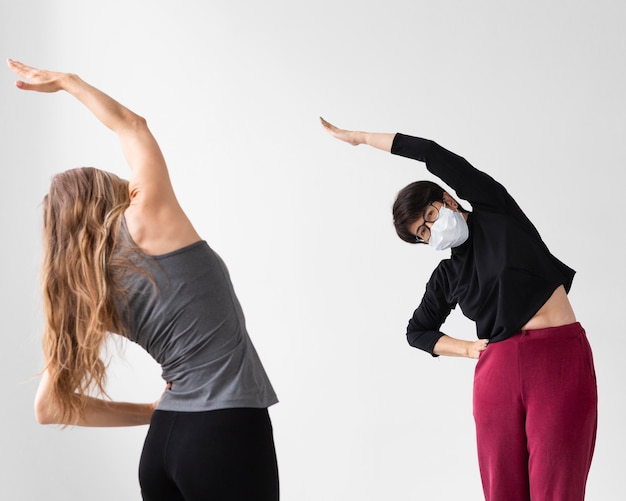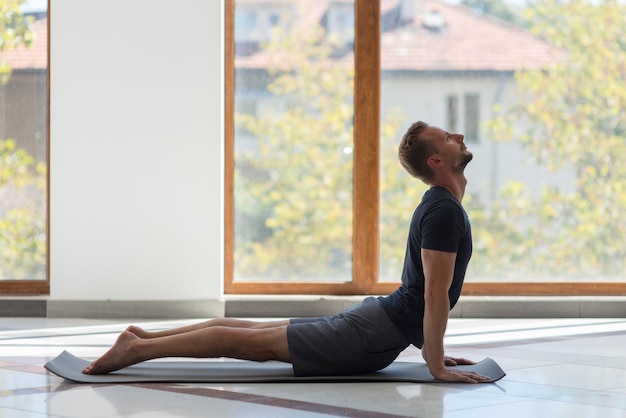Becoming a new mom is one of the most rewarding experiences—but it can also be physically demanding. From lifting your baby to bending over cribs and car seats, your body goes through constant motion, often without proper preparation. This increases the risk of strain and injury, especially when flexibility and muscle balance are overlooked.
The good news? You don’t need hours at the gym or complicated routines. With simple, intentional movements focused on increasing flexibility, you can protect your body, reduce discomfort, and build strength that supports your daily life.
After childbirth, your body is still recovering. Hormonal changes, postural shifts from breastfeeding, and weakened core muscles can all contribute to stiffness and tightness—especially in the hips, lower back, and shoulders.
Flexibility isn’t just about touching your toes. It’s about giving your joints a full range of motion, reducing muscle tension, and improving coordination. When your muscles are supple and responsive, you’re less likely to pull a muscle when reaching for a diaper or twisting to lift your baby.
Studies show that regular stretching improves circulation, speeds up recovery, and reduces the risk of common postpartum issues like lower back pain and pelvic discomfort.
Tight muscles are more prone to strain. Imagine a rubber band that’s stiff and dry—it snaps easily. But one that’s warm and elastic can stretch safely. That’s your body when you maintain flexibility.
Start with just 10–15 minutes a day. Focus on consistency, not intensity. Here are safe, effective stretches to begin with:

On hands and knees, alternate between arching your back (cow) and rounding it (cat). Move slowly with your breath. This gently mobilizes the spine and reconnects you with your core.
Sit with legs extended, hinge at the hips, and reach forward. Keep your back straight—don’t force the stretch. This helps relieve lower back tension from sitting and lifting.
Kneel on one knee, gently push hips forward. You’ll feel a stretch in the front of your hip. This counteracts the shortened hip flexors from prolonged sitting or carrying your baby.
Roll shoulders backward in slow circles. Tilt your head side to side to release neck tension. These help combat the forward hunch from breastfeeding or looking down at your baby.
Every postpartum journey is different. Whether you had a vaginal delivery or C-section, listen to your body.
Always consult your healthcare provider before starting any exercise program, especially if you had complications during delivery.
You don’t need a perfect routine. Integrate flexibility into your day:
Over time, you’ll notice less stiffness, improved energy, and greater ease in movement. The goal isn’t flexibility for fitness—it’s for function.
As a new mom, your body has done something incredible. Now, it’s time to care for it with kindness and consistency. Increasing flexibility isn’t about achieving a pose—it’s about creating a resilient, injury-resistant body that supports your new role.
Start small, stay consistent, and honor your recovery. With just a few minutes a day, you’ll build strength from the inside out—physically and mentally.

Wellness

Wellness

Wellness

Wellness

Fitness

Fitness

Fitness

Fitness

Fitness

Fitness

Fitness

Wellness

Health

Fitness

Health

Health